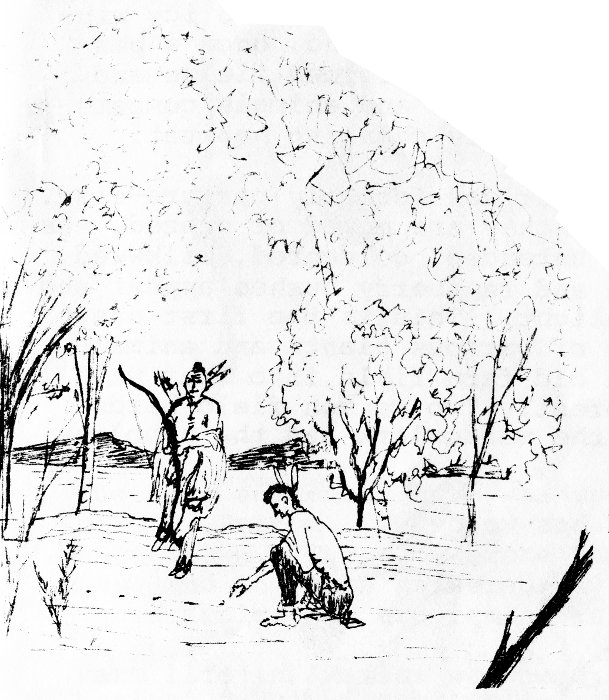
—STATE OF VERMONT—
Burton Island State Park
Guide to the Interpretive Nature Trail and Hiking Trail
written and illustrated by Stephen Antil
Park Naturalist

Burton Island
- nature center
- marina
- office
- nature walk
- hiking trail
- interpretive trail
- Island Road
- Landfill Dump
This Trail guideis for the hikingtrail and interpretivetrail which startpast the whitecabins and behindthe nature center
The interpretive nature trail will take 30 minutesto walk. The numbers in this pamphletcorrespond to the numbered sign posts on thetrail. It is advisable that you wear shoes whenwalking the trails. The scenic hiking trailcan be hiked in one to one and a half hours andwill take you to the southeast tip of the islandand back.
You can help the naturalist maintain good hikingconditions on these trails by carrying out whatyou carry in.
Many of Vermont’s wildflowers are protected.Therefore, it is suggested that all wild flowersbe left in their natural environment for thenext person to enjoy.
The land surrounding Burton Island and the areaof Northern Lake Champlain was once the huntinggrounds of the Iroquois and Algonquin Indians.It was here that these people huntedand fished for their survival.Hunting and trapping forwolves, deer, mink andelk, and fishing forsalmon, trout and bass,the Iroquois andAlgonquin found anabundance of game.

(Indian agriculture)
As white men increased,agriculturebegan todominate this area.In the late 1700’s,Burton Island wascleared and tilledby Jesse Weldon,a settler and agentfor the Allen family—Ethan,Iraand Levi.
In 1840, C.C.Burton owned the island and hired a family tolive here and manage his farm.
Ida Lashaway acquired the land in 1928. Duringthis time, the Lashaway family continued totill the land and raise livestock.
In 1944, farming operations were discontinued.From that time until the present, we have hadthe opportunity to see what role mother naturecan play in returning the land to a naturalstate. The signs of farming are still here,but for the last three decades natural forceshave been left relatively unchallenged.
1
Today we can see the stories of the past andpresent etched across the face of Burton Island.An old farm in horse-drawn buggy days was leftto the mercy of warm summer rains and icy winterstorms. We can see the land, once a pasture,now swelling into overgrown fields andforests where wild plants and animals competeto live in a continually changing habitat.
2
Before you lies what was formerly pasture-land.Fields exist when they are mowe